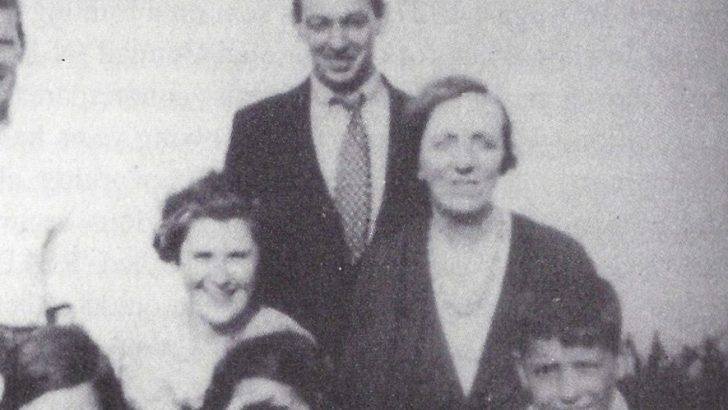Winnie & George: An Unlikely Union
by Allison Murphy (Mercier Press, €16.99)
This is the story of two almost forgotten figures from the troubled Twenties in Northern Ireland.
Winifred (‘Winnie’) Carney was born in Bangor, Co Down, on December 4, 1887. Following her education in a Christian Brothers school in Belfast she graduated from a Commercial College. James Connolly established the Irish Textile Workers’ Union for women workers in the Belfast linen mills in 1811.
This functioned as the women’s section of the Irish Transport & General Workers Union and Connolly appointed Winnie its secretary in 1912. Winnie joined Fianna Éireann in 1911, the Irish Citizen Army in 1913 and co-founded Cumann na mBan in 1914. During the 1913 lock-out she was active in fund-raising and relief efforts for the Dublin workers.
Revolutionary aims
By the beginning of 1916 she seems to have become Connolly’s personal assistant and in full agreement with his revolutionary aims.
On April 14, he summoned her to Dublin to assist in the final preparations for the Easter Rising and for the next week she typed dispatches and mobilisation orders in Liberty Hall. Throughout Easter week she was in the General Post Office at Connolly’s side typing his dispatches to the insurgent groups around the city. As a member of Cumin na mBan she was also attending to his wounds and those of the other members of the garrison. She was in the small group who were the last to abandon the blazing GPO.
After the surrender she was interned. On her release, she returned to her home in Belfast where she stood unsuccessfully for Sinn Féin in the Victoria Division in the 1918 general election.
She was secretary of the Irish Republican Prisoners Dependents Fund (1920–22). Opposed to the Anglo Irish Treaty, she sheltered Anti-Treatyites, including Countess Markieviez and Austin Stack, during the Civil War. She opposed the partition of the country and as a well-known supporter of Sinn Féin, was subjected to considerable harassment by the Royal Ulster Constabulary.
Winnie resumed her involvement in Labour Party and Trade Union activities in the greater Belfast area. This led to her becoming acquainted with George McBride. A Protestant from the Shankill Road, he joined the Protestant and Unionist Young Citizen Volunteers in his teens. As they became older he and his comrades became members of the Ulster Volunteer Force, which was established to oppose Home Rule. At the urging of Lord Kitchener, the UVF morphed into the 36th Ulster Division. George was one of the few members of the Division who survived the battles of the Somme, Messines, Ypres and St Quentin. His active service in France continued until he was taken prisoner by the Germans towards the end of 1918. On being demobbed after the war he resumed his apprenticeship at the engineering firm of Mackie’s.
Winnie married George in September 1928. Their marriage ended when Winnie died on November 21, 1943. The marriage had faced formidable challenges. In a city rife with sectarian tension Winnie was a Catholic, George a Protestant, she was a republican, he was a unionist and she was significantly older than George. The sub-narrative indicating how they ensured that their ‘mixed marriage’ was both a success and happy is edifying.
This book could be improved with better editing. The long quotations from James Connolly’s writings should be abridged. The place for the numerous police reports on Winnie’s detention and questioning and her attempts to retrieve her property from the RUC is among the appendices.
Despite these deficiencies, this is a worthy publication not least because it ensures that Winnie Carney’s contribution to the struggle for independence is appropriately acknowledged.



